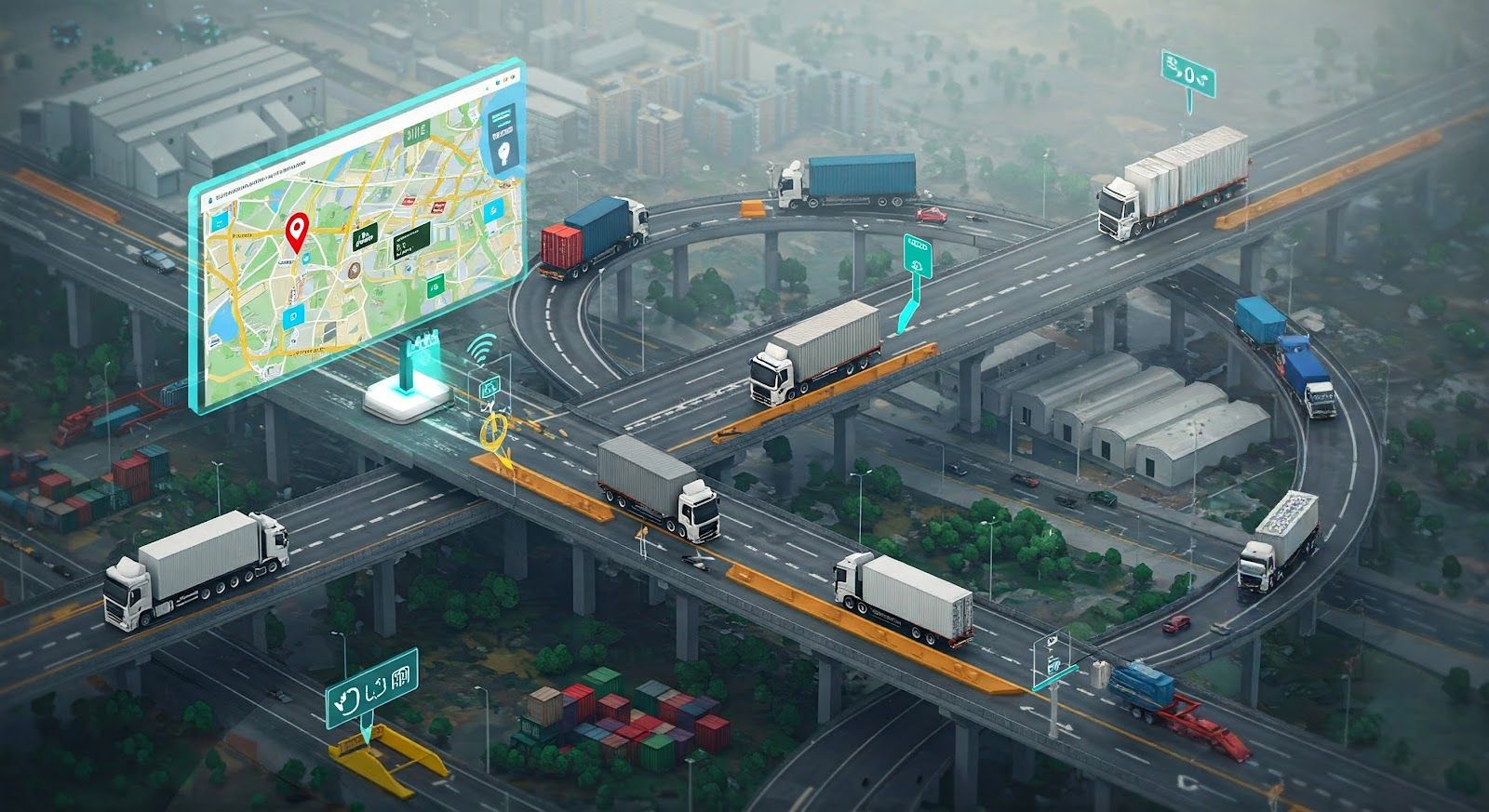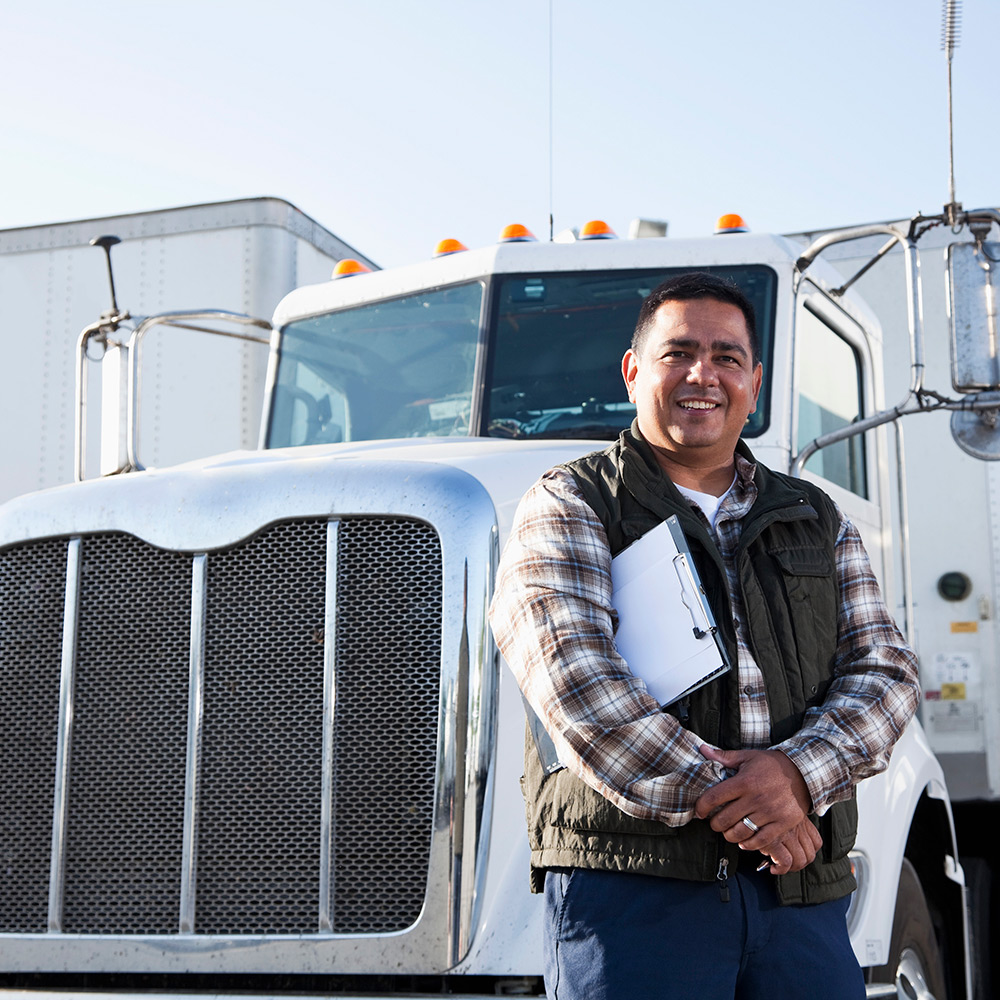From Turnpikes to Tech: The History of Electronic Toll Collection

Toll collection has undergone a profound transformation over the centuries, evolving from rudimentary road tariffs to sophisticated electronic tolling systems. This shift reflects broader changes in transportation, commerce, and technological innovation, shaping how infrastructure is funded and maintained.
Understanding Tolls as Historical Infrastructure Funding Methods
Tolls have long been used as a primary mechanism for financing roads, bridges, and other infrastructure. By charging users directly, governments and private operators were able to maintain and expand transportation networks without relying solely on taxation.
Nature of Early Tolls
- The earliest toll systems date back to the Roman Empire and medieval Europe, where travelers paid fees at gates or along key trade routes.
- Tolls were often levied based on the type of vehicle, cargo weight, or distance traveled, ensuring that those who caused the most wear on roads contributed proportionally to their upkeep.
- Revenue from tolls was essential for maintaining roads, especially in times of economic hardship when public funding was scarce.
Implementation & Management
- Public vs. Private Tolling: Early toll roads were frequently managed by local governments or wealthy landowners who maintained the roads in exchange for collecting tolls.
- Turnpikes & Toll Gates: The turnpike system, particularly in 17th and 18th-century Britain and America, involved private investors building roads and charging tolls to recover their expenses. This model spread rapidly, fueling economic growth by enabling better transportation of goods and services.
- Toll Booths & Collection Methods: Toll stations were strategically placed at bridges, city entrances, and key trade routes, ensuring consistent revenue collection.
Evolution Over Time
- As transportation expanded in the 19th and early 20th centuries, turnpikes gave way to publicly funded highways in many regions, reducing reliance on direct tolling.
- However, with the rise of automobiles and growing infrastructure demands, toll roads re-emerged in the mid-20th century as an effective way to finance major highway projects.
- Today, tolls continue to adapt to economic and technological advancements, shifting from manual collection to automated electronic tolling systems.
The user-pays principle remains at the heart of modern tolling, ensuring that those who use infrastructure contribute directly to its funding, fostering sustainable road maintenance and expansion.
The Transition from Manual to Electronic Toll Collection
As vehicle traffic increased, traditional manual toll collection became inefficient, time-consuming, and costly. Electronic toll collection (ETC) revolutionized the tolling industry, making payments faster, reducing congestion, and enhancing accuracy.
Challenges of Manual Tolling
- Toll booths required vehicles to stop, causing traffic delays, fuel waste, and increased emissions.
- Manual handling of cash led to inefficiencies, errors, and even opportunities for fraud.
- Toll violations and unpaid fees were difficult to track and enforce.
The Introduction of Electronic Toll Collection (ETC)
The emergence of electronic tolling technology in the late 20th century marked a turning point for the industry. ETC systems use:
- RFID Transponders: Small devices installed in vehicles that communicate with toll sensors for automatic payment.
- License Plate Recognition (LPR): Cameras and software that capture vehicle information for toll billing.
- Prepaid & Postpaid Toll Accounts: Reducing reliance on cash and enabling seamless transactions.
By eliminating the need for physical toll booths, ETC dramatically improved traffic flow and toll compliance rates.
While electronic toll collection (ETC) has streamlined payments and reduced congestion, fleets still face several challenges in today’s tolling landscape. Interoperability remains a major hurdle, as different states and tolling authorities use distinct systems that may not seamlessly communicate with one another—causing issues for interstate fleets.
Additionally, the rise of license plate recognition technology raises concerns about data privacy and potential misbilling errors. Smaller carriers, despite access to automation, often struggle with administrative burdens due to delayed dispute resolutions, unexpected fees, and complex toll reconciliation. Addressing these challenges will be key to ensuring that tolling remains both efficient and equitable for all fleet operators.
Impact on the Trucking Industry
The adoption of electronic toll collection (ETC) has significantly transformed the trucking industry, allowing companies to integrate toll management into their fleet systems for real-time expense tracking. Automated solutions like Bestpass streamline the billing process, consolidating toll payments into a single account and reducing administrative burdens. By minimizing costly violations and misreads, these systems improve accuracy, speed up transaction processing, and ultimately lead to significant cost savings for fleet operators.
The Future of Tolling: Smart Infrastructure & Advanced Tolling Solutions
The evolution of tolling is far from over. Emerging technologies promise even more efficient, cost-effective toll-collection methods, further enhancing the user experience.
1. Contactless & Automated Tolling
- More regions are implementing open-road tolling, which eliminates toll booths entirely in favor of gantries that scan transponders or license plates.
- Future toll roads may integrate vehicle-to-infrastructure (V2I) communication, enabling seamless toll deductions based on location and traffic conditions.
2. Data-Driven Toll Optimization
- Advanced analytics help fleet managers determine which routes provide the best balance of toll costs and fuel efficiency.
- AI-driven toll management systems predict peak congestion times, allowing companies to adjust routes dynamically.
3. Sustainable & Equitable Tolling Models
- Some governments are exploring mileage-based user fees (MBUF) to replace traditional tolls and fuel taxes.
- Tolls may be adjusted based on vehicle emissions, congestion levels, or time of day, promoting eco-friendly driving behavior.
The historical shift in tolling practices reflects a broader transformation in transportation, from rudimentary cash-based systems to sophisticated electronic and data-driven solutions. As tolling technology continues to advance, fleet operators must stay ahead by adopting integrated toll management solutions like Bestpass.
Financing Roads and Highways: Where Do Toll Dollars Go?
Toll revenue plays a vital role in maintaining, expanding, and modernizing road infrastructure. These funds help ensure safer highways, reduce congestion, and improve overall transportation efficiency.
How Toll Funds Are Used
- Maintenance & Repairs – Pothole patching, resurfacing, and snow removal.
- Expansion Projects – New highways, additional lanes, and truck-only routes.
- Smart Road Technology – Intelligent traffic systems, electronic tolling, and sustainable infrastructure.
- Debt Repayment – Paying off infrastructure bonds for long-term road development.
Ensuring Transparency & Accountability
To prevent misuse of funds, tolling authorities enforce:
- Public reporting of spending allocations.
- Regular audits to ensure proper fund management.
- Industry input from trucking stakeholders on pricing and investments.
By reinvesting toll revenue efficiently, roads stay safer, businesses operate smoothly, and the economy benefits.
Economic Benefits of Infrastructure Improvements from Truck Tolls
The economic benefits of infrastructure investments funded by truck tolls extend beyond the transportation industry. Well-maintained roads support economic growth, enhance supply chain efficiency, and create job opportunities.
Lower Transportation Costs
- Reduced wear and tear on trucks, leading to lower maintenance and fuel costs.
- Fewer delays and detours due to road repairs, improving delivery times.
Enhanced Freight Efficiency
- Better highway conditions enable faster, more reliable deliveries.
- Expedited shipments lead to reduced inventory costs and increased business competitiveness.
Improved Road Safety & Reduced Accidents
- Well-maintained highways decrease accident risks, reducing insurance costs for trucking companies.
- Safer roads contribute to fewer traffic disruptions and emergency response delays.
Job Creation & Economic Development
- Toll-funded infrastructure projects generate employment in construction, engineering, and maintenance industries.
- Improved transportation access attracts business investments, stimulating local economies.
Increased Property Values & Commercial Growth
- Real estate values rise in areas with improved road infrastructure, boosting local tax revenue.
- Businesses benefit from easier access to suppliers and customers, leading to regional economic expansion.
Environmental & Sustainability Gains
- Eco-friendly road designs and congestion-reduction projects help lower carbon emissions.
- Investment in alternative fuel infrastructure, such as electric truck charging stations, supports sustainability efforts.
By investing in highway infrastructure, truck tolls contribute to a stronger economy, benefiting businesses, local communities, and the transportation sector as a whole.
Future Trends: The Evolution of Toll Management in the Supply Chain
As the transportation industry continues to evolve, so does toll management. Innovations in dynamic pricing, electronic toll collection, and integrated telematics are shaping the future of fleet operations.
From real-time congestion-based pricing to the widespread adoption of open-road tolling, fleets must adapt to new technologies and data-driven strategies. By leveraging toll cost analytics and integrating telematics solutions, carriers can make smarter routing decisions and minimize expenses.
Dynamic Toll Pricing & Congestion-Based Fees
- Some toll roads implement variable pricing models, where rates fluctuate based on traffic conditions.
- Trucking companies must develop real-time routing strategies to navigate peak-hour toll spikes.
Expansion of Electronic Toll Collection (ETC) & Open-Road Tolling
- Many states are transitioning to cashless, open-road tolling, eliminating traditional toll booths.
- Seamless toll payments via transponders and license plate recognition enhance efficiency and minimize slowdowns.
Toll Cost Data Integration with Telematics & Fleet Management
- Advanced telematics solutions combine toll data with GPS tracking and fuel efficiency metrics.
- Integrated analytics platforms help fleets adjust routing strategies dynamically, optimizing toll-related expenses.
As the industry moves toward more advanced tolling technologies and dynamic pricing models, companies must remain proactive in toll cost management to sustain profitability in an evolving logistics landscape.
Staying Ahead with Bestpass
Ready to streamline your fleet's toll management and cut through the complexity of fluctuating toll expenses? Embrace Bestpass, the ultimate toll management service designed to simplify your toll payments nationwide. With Bestpass, you'll enjoy a consolidated account that brings together advanced analytics, real-time reporting, and effortless integration with bypass services—all aimed at reducing administrative burdens and preventing costly violations.
Whether you're planning routes, controlling fleet expenses, or eyeing future industry innovations, Bestpass is your partner in achieving a seamless, cost-effective toll management experience.

